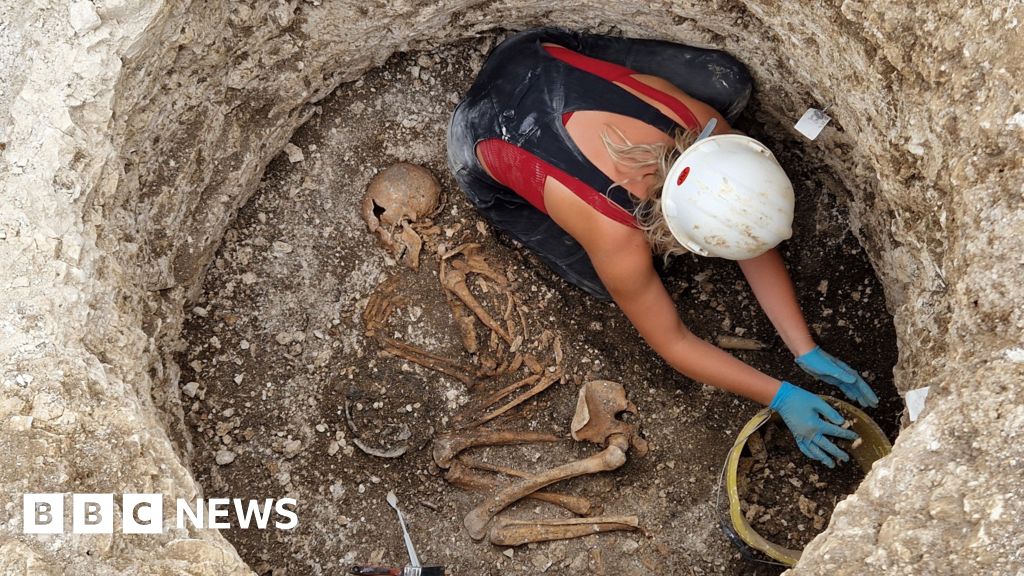Women in Britain 2,000 years ago appear to have passed on land and wealth to daughters not sons as communities were built around women’s blood lines, according to new research. Skeletons unearthed in Dorset contained DNA evidence that Celtic men moved to live with their wives’ families and communities. Scientists found evidence of a whole community built around the female line of a family over generations, probably originating with one woman. “This points to an Iron Age society in Britain where women wielded quite a lot of influence and could shape its trajectory in many ways,” says Dr Lara Cassidy at Trinity College, Dublin, lead author of the research.
It is the first time this evidence of communities being built around women has been documented in ancient European history. The scientists believe that the communities also invested a lot in their daughters as they would probably inherit their mother’s status. “It’s relatively rare in modern societies, but this might not always have been the case,” says Dr Cassidy.
The team found evidence that it happened in numerous places in Britain, suggesting it was widespread. The communities analysed lived around the same time as Boudica, the warrior Queen who led a rebellion against Roman invaders in East Anglia around AD 61. Dr Cassidy sequenced DNA taken from the bones of 57 individuals from a tribe called the Durotriges. The people lived in Winterborne Kingston, Dorset around 100 BC to AD 100.
The DNA analysis also indicates that most of the ancestral line could be traced back to a single woman. The work indicates that this society was what is known as matrilocal – meaning that a married man moved to live in his wife’s community. “The most sort of obvious benefit to a woman is that if you don’t leave home, you don’t leave your support network. Your parents, siblings, family members are all still around you,” says Dr Cassidy.
The researchers found the same matrilocality evidence in bones from other cemeteries including in Cornwall and Yorkshire. She says that evidence of powerful women in ancient communities has often been dismissed as a one-off, not the norm, but these findings challenge that thinking.
Source link




